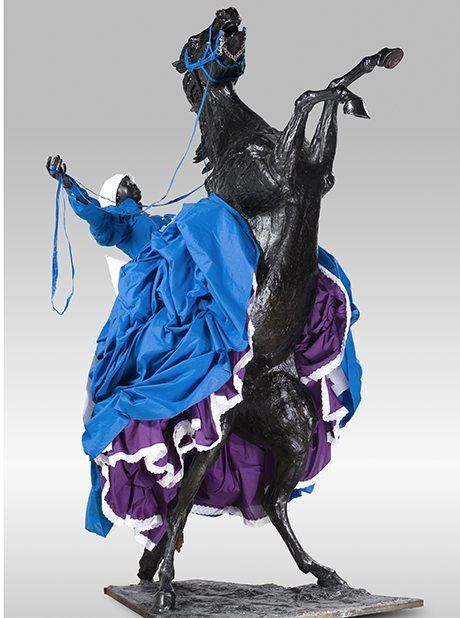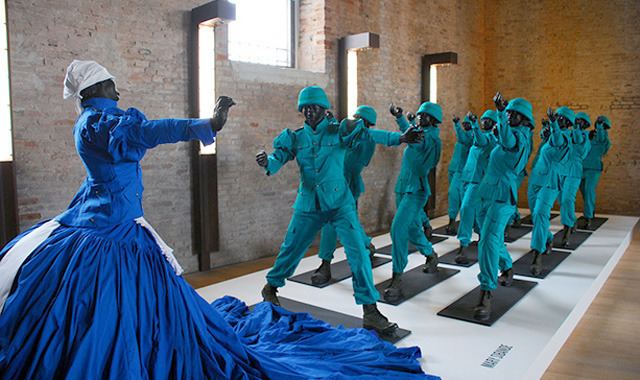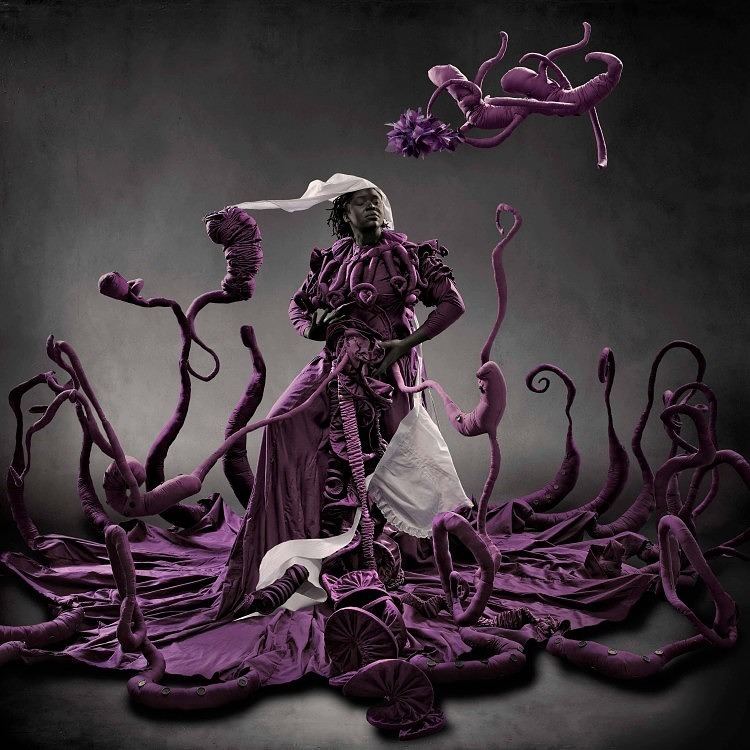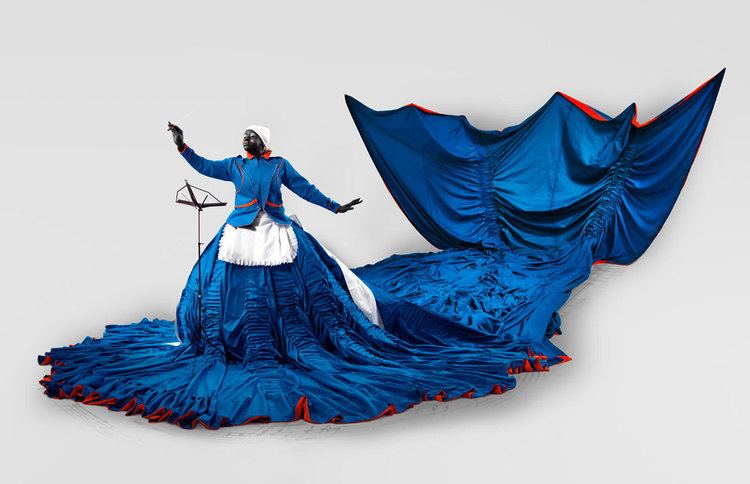Name Mary Sibande | ||
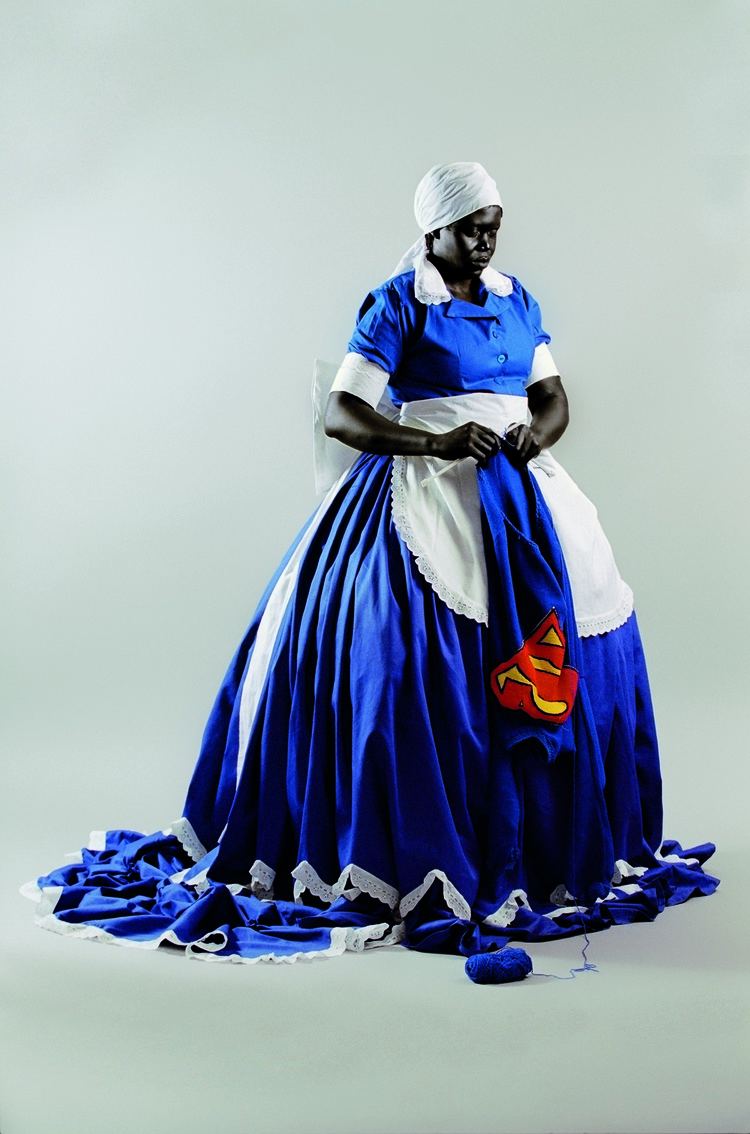 | ||
Similar Lionel Smit, Nandipha Mntambo, Pamela Stretton | ||
Standard bank young artist award 2013 mary sibande visual art
Mary Sibande was born 1982 in Barbeton, South Africa. She is a South African artist who lives and works in Johannesburg. Sibande obtained a Diploma in Fine Arts from the Witwatersrand Technikon in 2004, and a B-Tech degree from the University of Johannesburg in 2007. Her work explores themes of gender, class, and race, through the sculptural representation of her alter ego, Sophie, who is dressed in altered domestic worker uniforms. This work is often seen as autobiographical and draws from the history of four generations of women in her family. Her work has been exhibited in the South African pavilion at the 2010 Venice Biennale, and her work "Long Live the Dead Queen" was found in murals all over the city of Johannesburg in 2010. In 2013 Sibande received the Standard Bank Young Artist Award and her work "The Purple Shall Govern" toured South Africa.
Contents
- Standard bank young artist award 2013 mary sibande visual art
- Rencontre avec mary sibande
- Career
- Collections
- References
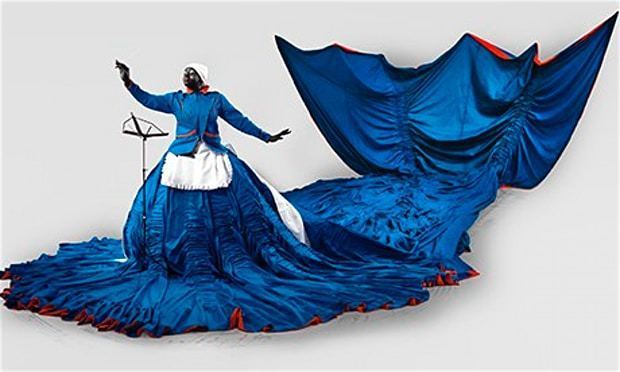
Rencontre avec mary sibande
Career

Sibande was born in post-apartheid South Africa, from a long line of domestic workers. She earned a National Diploma in Fine Arts at the Witwatersrand Technical College in 2004 and a Fine Art B-Tech degree from the University of Johannesburg in 2007.

Sibande’s painting and sculpture uses the human form to explore the construction of identity in a postcolonial South African context, but also attempts to critique stereotypical depictions of women, particularly black women.
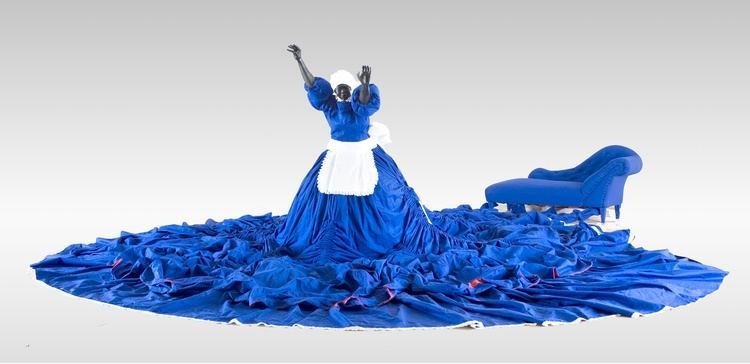
For many years her work has exclusively revolved around a servant character named Sophie. Sophie’s life is collected and presented though a series of human scale sculptures, molded on Sibande herself. Sophie’s working uniform is gradually transformed into the grand Victorian wear of the European elite.
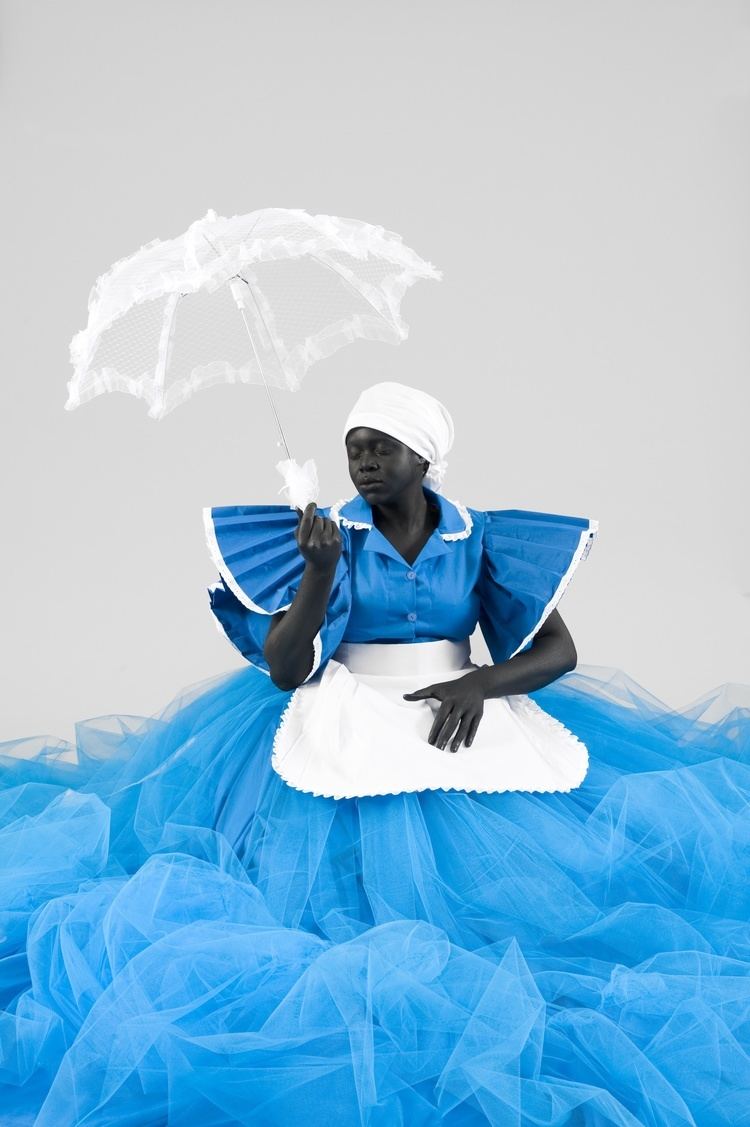
Placing Sophie in Victorian clothing comments on the restriction of women in these large, heavy and tightened-up dresses. Her dress is a protest against being a maid, and at the same time it is the façade that allows her fantasies to come to life. Throughout the series Sophie transforms from a lady heading to a ball, to a Victorian queen riding her horse, to a general leading an army towards victory, to a conductor waving his want to the beat of a muted symphony.
Collections
